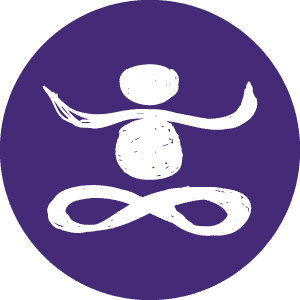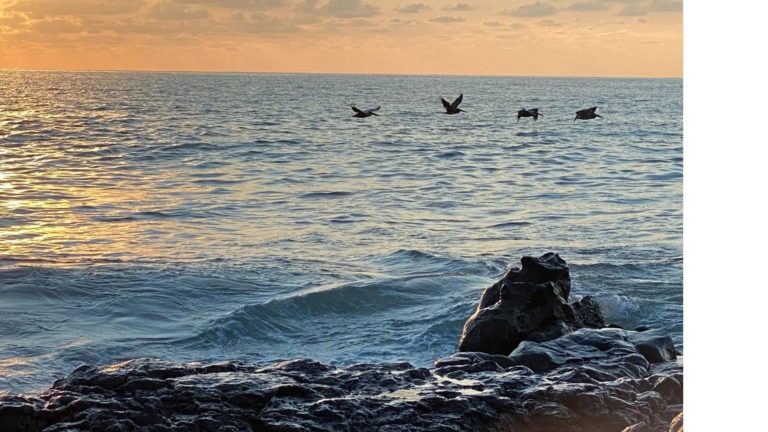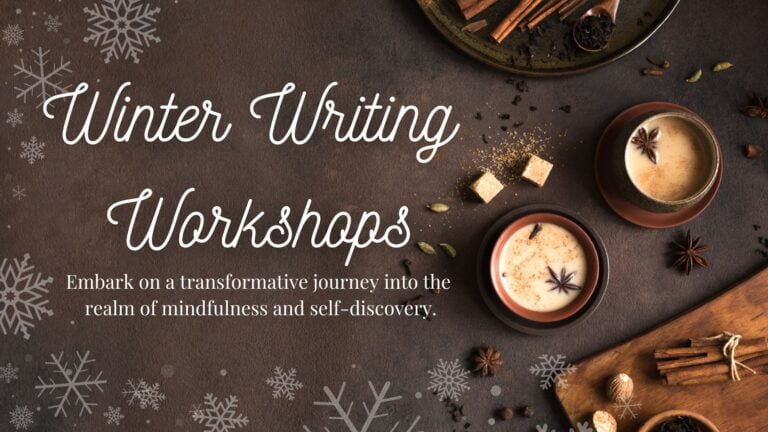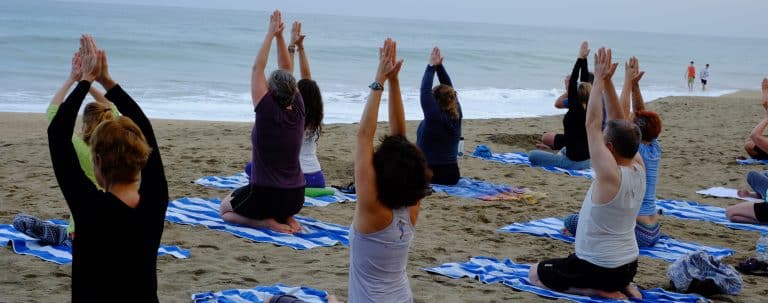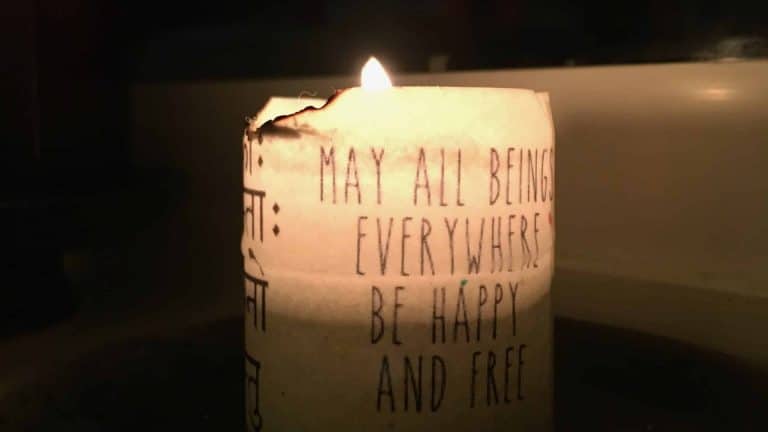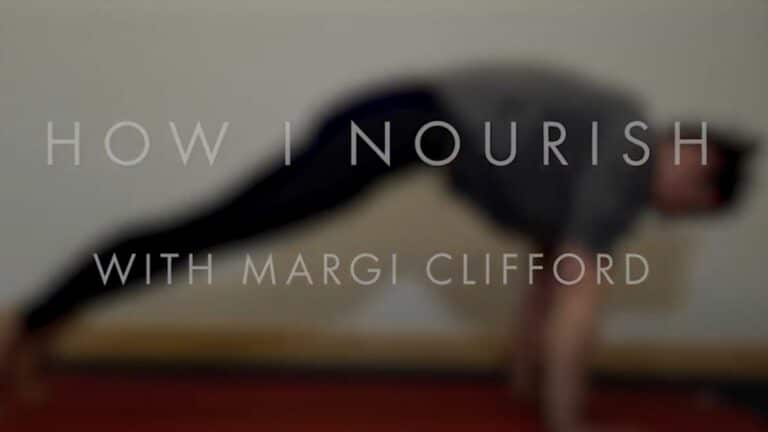It’s that season again… colder temps, shorter days, and kindred traditions have us spending more time indoors, surrounded by stuff (which for some of us, includes people and pets and plants.) It’s not just physical stuff. It’s also aspirations and disappointment and sometimes, it’s just too much.
Schedules get packed like sardines, inboxes overflow, that stuff in the back of the fridge just keeps getting buried deeper as new containers arrive. You might find yourself wondering where it all came from or what you’re supposed to do with it now (like I have.)
We plan our vacations and holiday meals, stare at our phones, poke, ping, or otherwise prod people who are likely to respond. We seek solace, refuge, distraction, and inspiration to help us manage and sometimes it does. Sometimes it just delays, often it compounds, a deep sense that something isn’t right. We may feel like we don’t belong where we are (or that other people don’t.)
Are you willing to consider that there is wisdom there, beneath the thoughts and feelings? Are you willing to dig in and find it?
Maybe the stuff, the schedule, the inbox, and even the fridge can actually be the way back to the present.
It’s the stuff that we collect that helps us feel at home. We recognize it and it reflects something about us. Our stuff (and our people) show the world what we think is important. In a lot of ways, it shows that we are important.
And truly, we are.
The force that compels you to do what you do (or don’t do) is one that you can probably agree is quite beyond your exclusive control. When we learn to observe, respect, and engage with this force that we find our freedom!
Here are the three steps:
Step 1 to find yourself: OBSERVE
Like a naturalist in the woods, be quiet, be still (or move very very slowly.) Focus your attention by eliminating (or reducing) distractions.
If you are used to having a lot of noise and movement around and, in the habit of responding to it, this may be quite challenging. Start by setting a timer for one minute. Try to be quiet and slow/still. Choose something to focus your attention on… it could be your breath, a part of your body, something in your environment, a mental image, word, or phrase. It’s not so important WHAT you focus on as you get started with this practice. It’s just important that you practice focusing.
Once you’ve got the hang of the one minute “quiet and still” practice and are feeling relatively successful at redacting distractions and focusing on what you’ve chosen during that time, you can use the (fill in the blank…. thing, person, feeling, idea, pile) as the object of your attention.
Remember, this is the observe step… it’s not time for planning, strategizing, organizing, judging or otherwise engaging. You may not be able to keep yourself from doing these things (especially if they’re your well established habits) but see if you can remain relatively still and quiet internally as you observe what all arises. You will find yourself here.
Step 2 to find yourself: RESPECT
Like you might wonder at a rainbow, a baby, a symphony, a cathedral, or anything else that inspires awe, see the power of the force that moves you. You may use the phrase “thank you” or “wow” to help to orient your mind. You might use a gesture or find a ritual to reinforce your intention to focus intention here.
Learn to respect the force that does and will move you, regardless of your presence. It is much like the weather and it doesn’t seem to care much about our preferences. Respecting its power may allow you to appreciate and engage in a whole new way. You will find yourself here.
Step 3 to find yourself: ENGAGE
Here is where we respond. Mindful, present people are not complacent. The restraint that we practiced in the preceding steps allows us to respond in a way that is authentic and strategic. It conserves and directs our energy towards that which is most important, and, perhaps, it keeps our expectations anchored. You will find yourself more easily when you are anchored.
Engagement may take the form of a proposal or “next step” strategy. Whether it’s the fridge, sibling, schedule, or pile of unopened mail that prompted your process… this strategy will help you to find your way! Portion control, like with the one minute timer in Step One is really important here. Try to make your “next step” something that you can accomplish in less than an hour.
Remember, restraint can help us to clarify the direction and increase the potency of our efforts. It can also help us to see more clearly what is working and what’s not. If your “next step” strategy doesn’t take root within a week or so of your process, it’s time to start at step one again. Keep digging.
In this way we find treasure. We also get good and dirty! We’re truly here!
